Myth Jokbal Myeongdong(미쓰족발 명동)
8.3Km 2020-10-30
1F, 21, Myeongdong, 3-gil, Jung-gu, Seoul
+82-2-3789-8799
A pig's trotter(s) specialty restaurant located in Myeong-dong, Seoul. A Korean store specializing in jokbal (pig's trotter) for over 30 years now. This restaurant's signature menu is braised pigs'' feet.
PALSAIK Samgyeopsal Myeongdong(팔색삼겹살 명동)
8.3Km 2020-10-30
2F, 21, Myeongdong, 3-gil, Jung-gu, Seoul
+82-2-3789-8292
It provides eight different flavors of pork belly. The most famous menu is grilled pork belly. A barbecue specialty restaurant located in Myeong-dong, Seoul.
Kim Gwangbun's Pulhyanggi Sonkalguksu (김광분의 풀향기손칼국수)
8.3Km 2016-11-02
115, Sangdo-ro, Dongjak-gu, Seoul
+82-2-817-8856
Kim Gwangbun’s Pulhyanggi Sonkalguksu boasts a taste made from 16 years of tradition in serving kal-guksu (handmade noodle soup). The menu includes haemul-kal-guksu (noodle soup with various seafood) and bajirak-kal-guksu (noodle soup with clams). One of its hidden secrets to attract people is the meat broth boiled for four to seven hours. Also, the wang-mandu (big sized dumplings) and kimchi are special points at this restaurant. To keep the best freshness, the owner, Kim Gwangbun goes to the fishery market in person to select the ingredients for the day's meals at dawn. The restaurant is comprised of one main two-story building as well as an additional building.
Heukdonga - Myeongdong Branch (흑돈가 명동)
8.3Km 2021-03-19
21, Myeongdong, 7-gil, Jung-gu, Seoul
+82-2-3789-0080
A barbecue specialty restaurant located in Myeong-dong, Seoul. The most famous menu is grilled black pork shoulder meat. It sells black pork from Jeju Island.
Samdae Naju Gomtang - Myeongdong Branch (삼대나주곰탕 명동)
8.3Km 2021-03-19
29, Myeongdong9-gil, Jung-gu, Seoul
+82-2-318-0879
This is a Korean cuisine located in Myeong-dong, Seoul. The representative menu is beef bone soup. A restaurant selling Korean-style healthy broth-based dishes.
Jeonju Hoegwan (전주회관)
8.3Km 2019-08-31
32-1, Sejong-daero 14-gil, Jung-gu, Seoul
82-2-778-6689
Well-known among both Koreans and foreigners, this restaurant has been specializing in traditional Korean dishes for more than 50 years. Its gopdol bibimbap is patented and also the most popular dish in the restaurant.
Myeongdong Seoseo Galbi (명동서서갈비)
8.3Km 2023-11-01
20-8, Myeongdong 7ga-gil, Jung-gu, Seoul
+82-2-318-6400
This is a Korean cuisine located in Myeongdong Cathedral, Seoul. The best menu at this restaurant is grilled beef ribs. A restaurant where you can eat grilled meat while standing.
Geumgang Seokkeo Jjigae (금강섞어찌개)
8.3Km 2021-03-18
20-8, Myeongdong, 7ga-gil, Jung-gu, Seoul
+82-2-779-3610
This is a Korean cuisine located in Myeong-dong, Seoul. The representative menu is meat stew with various vegetables. A third-generation family restaurant.
Janggun Galbi (장군갈비)
8.3Km 2016-09-05
111, Yongmasan-ro, Gwangjin-gu, Seoul-si
For over 20 years, Janggun Galbi has served traditional Korean food using only top-quality Hanu (Korean beef) and traditional recipes for the seasonings.
The meticulous employees manage the restrooms and kitchen very well.
In addition, prices are reasonable and foreigners are treated with careful consideration.
Marché de Gwangjang (광장시장)
8.3Km 2024-05-17
88, Changgyeonggung-ro, Jongno-gu, Seoul-si
+82-2-2267-0291
En 1904, la 41ème année du règne du roi Gojong, après le traité d'Eulsa, le Japon s'empare du pouvoir politique de la Corée. Le Japon s'empare des droits de direction du marché Namdaemun en mettant en place une politique d'invasion économique. Une solution économique pour la Corée est nécessaire et donc le marché Gwangjang est créé en 1905.
Au début, les biens vendus sur le marché étaient des biens primitifs, des produits agricoles et de la mer, des bois de chauffages, etc, importés en charrettes en petites quantités de Gapyeong, Icheon, Choelwon, etc. Aujourd'hui, 100 ans après son ouverture, le marché propose un très grand nombre de produits comme la soie, les étoffes (hanboks), les tissus (costume), les vêtements pour femmes, les rideaux, les literies, les objets lacrés et nacrés, les ustensiles de cuisine, les produits importés, les légumes et les fruits, les poissons séchés, les produits pour des cérémonies traditionnelles, les poissons, la viande, les légumes, etc.
La zone des restaurants qui se trouve à l'intersection de la porte Est, de la porte Nord 2 et de la porte Sud 1 est la zone la plus déveolppée du marché. Des personnes de tout âge (les mères, les étudiants, les séniors, etc) visitent le marché.
Ayant été désigné comme un des sites touristiques représentatifs du pays, il est visité par de nombreux touristes étrangers.
Le marché Gwangjang est considéré comme le tout premier marché permanent à avoir vu le jour en Corée et continue à être une destination touristique prisée. Le deuxième étage du marché propose notamment de la literie.
Le marché est aussi réputé pour la qualité de ses produits et les bas prix qu'il propose tout au long de l'année.

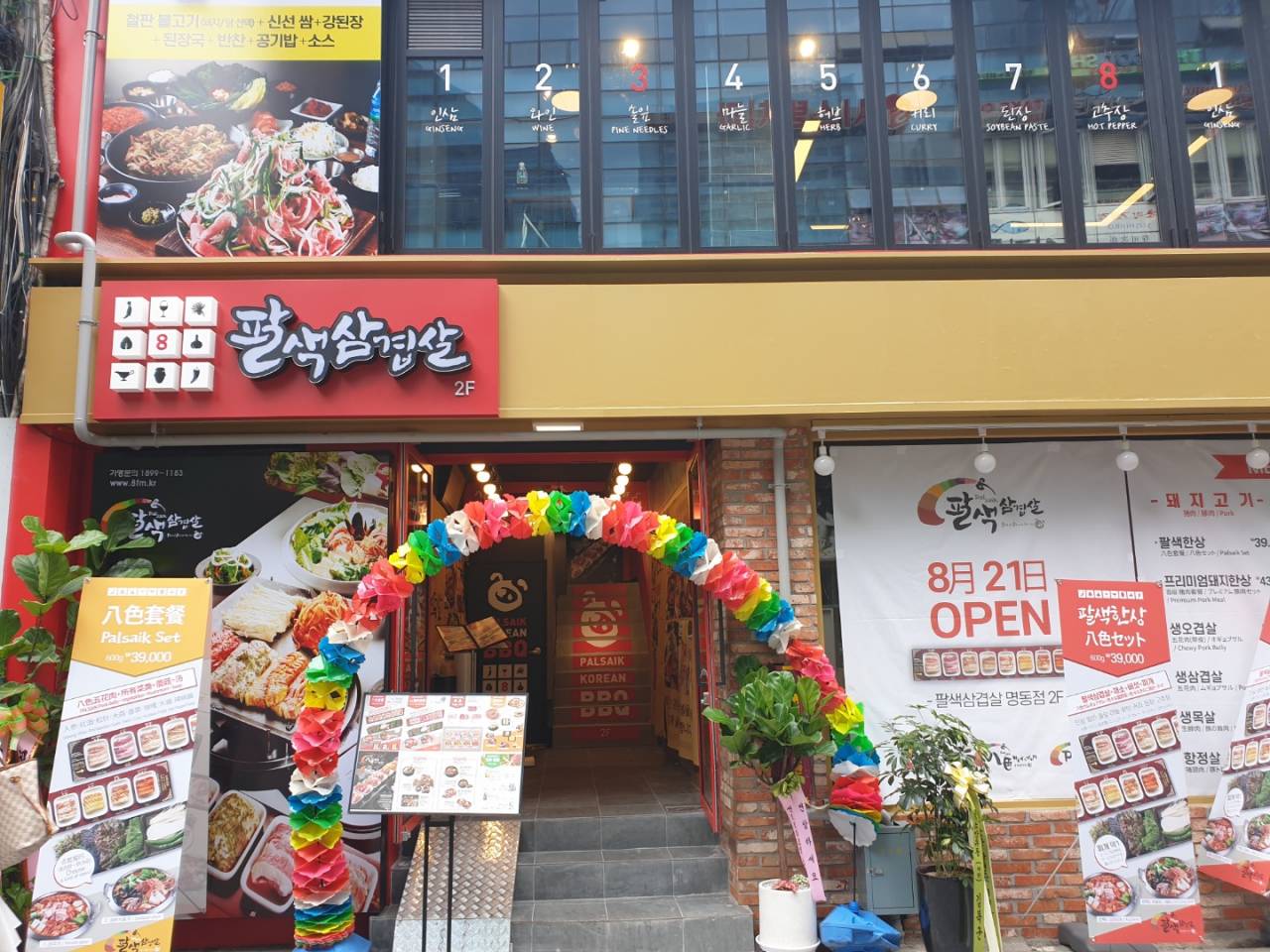
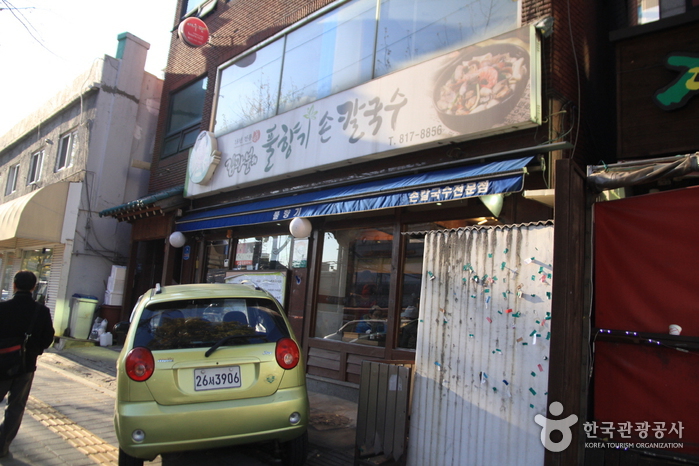
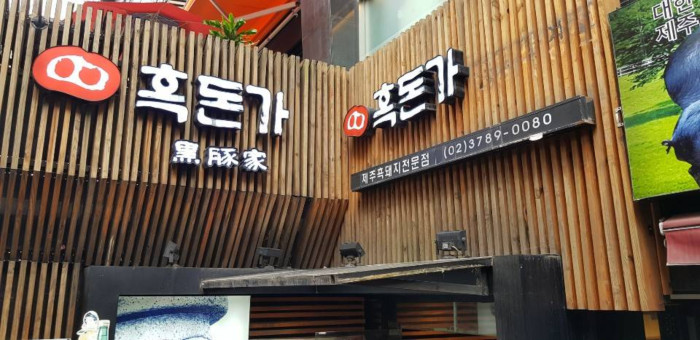
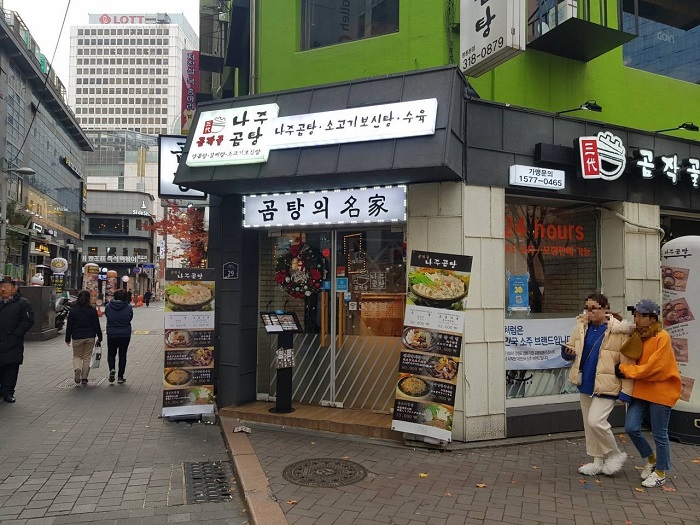

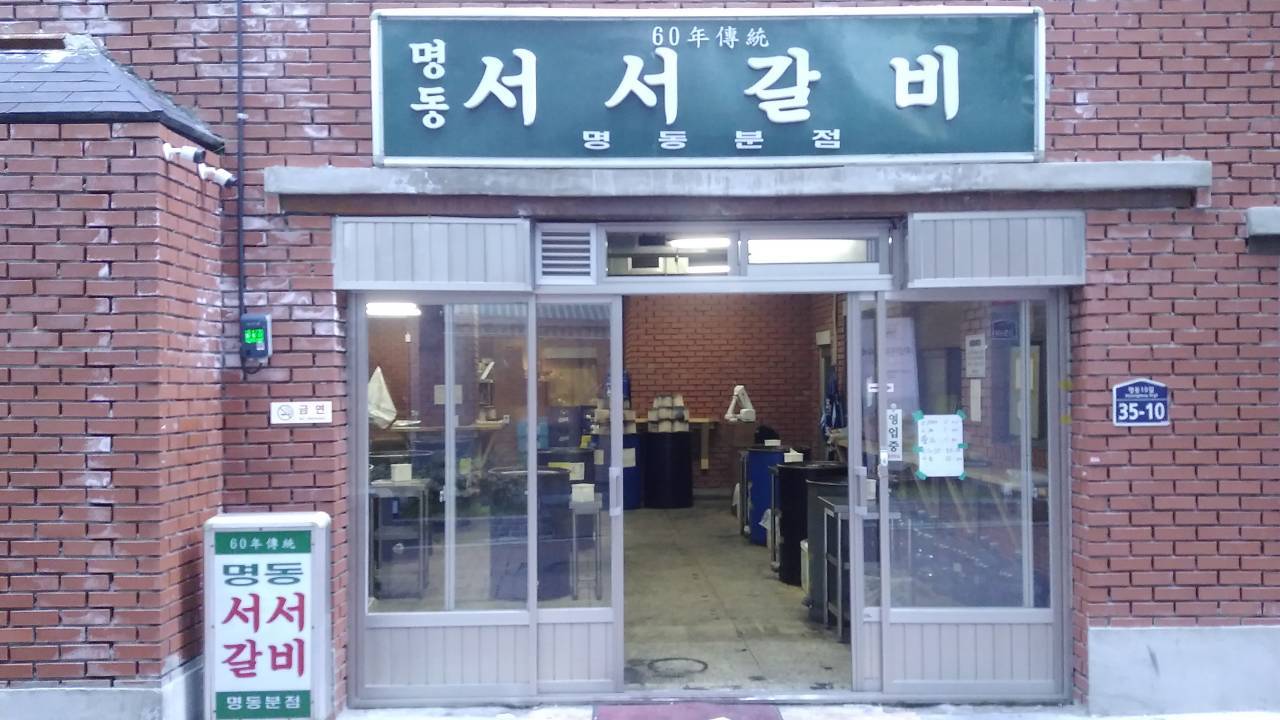
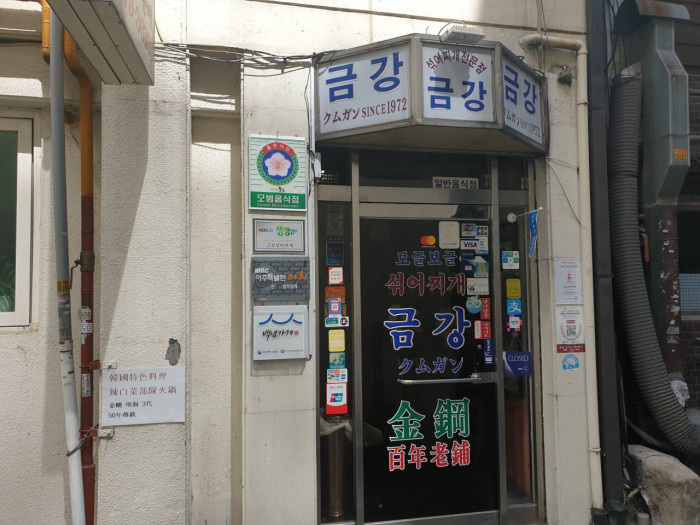


 Français
Français
 한국어
한국어 English
English 日本語
日本語 中文(简体)
中文(简体) Deutsch
Deutsch Español
Español Русский
Русский